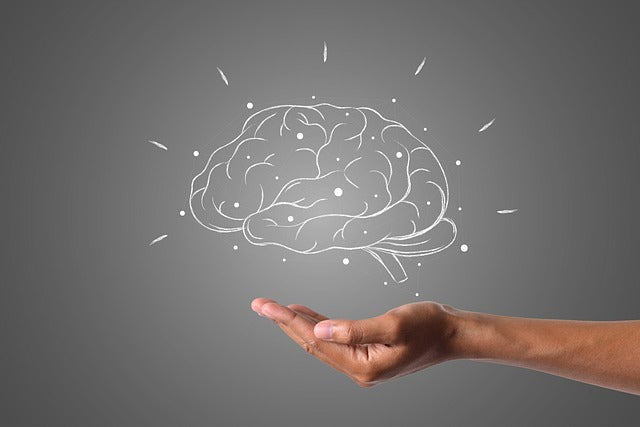
To varying degrees, we’ve all experienced shifting moods and the uncomfortable emotions tied to these ups and downs during a global lockdown. It’s no wonder: We now fear that a microscopic invader could hit at any moment. But we can’t even see this enemy. We feel powerless. We’ve lost not only a sense of control but our lives as we once knew them.
Does this make anyone else angry? Like really bitter? Yet also sad? Maybe even uncontrollably weepy when you least expect it? Moods and emotions are erratic right now, mostly because we’ve lost so much, have no control over the situation, and can’t go back to the way things were.
We’ve lost:
- Routines and the predictability of our days unfolding as we wish
- Entire social lives — the ones that as humans we are wired to desire
- Jobs, especially if we are in a service profession, marginalized population, or just unlucky
- Precious, mood-boosting outdoor escapes and exercise outlets
- Planned vacations, well-earned downtime, and just some time “off” from life
- Kids’ sports, performances, and graduations that once added so much joy
And that’s just a glimpse.
Everyone deals with loss differently, because we are individuals who tackle all the stuff that makes up life with wildly different states of mental health. For some, the reaction to the pandemic has been relatively mild, with emotions that come in waves but feel within reason.
For others, an underlying issue, such as a relationship in turmoil, may have come to a head during this unprecedented time of loss and change. That can trigger huge swings in moods. For yet others with existing mental health challenges, a global virus without a cure could even lead to thoughts of self-harm or unabated depression.
Managing Mood In a Post-Pandemic World
No matter where you fall on the scale of emotional upheaval, it’s essential to manage mood as we move into a post-pandemic world. When left unchecked, fear, anger, and sadness can begin to affect vital areas of life, from relationships to work-life to physical health.
We can’t ignore mood shifts, just hoping they’ll go away, along with the worst of the pandemic. Instead, we must face and learn from them. In many ways, moods are our greatest indicator of mental health at a point in time. When we pay attention without judging mood-related emotions, we can learn great things about ourselves and carve out a path forward.
The good news is there are healthy ways to live — or even embrace — our moods in post-quarantine life. Here are a few places to start:
Lean into emotion. We’re not going to lie, it hurts. But the only way to start unpacking erratic moods and yucky-feeling emotions is to look them right in the eye. But, yes, you actually have to let yourself feel them. Sometimes a therapist can help with that. Decide what support you need to lean in.
Journal your way through. It’s well documented that writing through your moods can be a helpful way to process them. Scientists now believe there are 27 different emotions. Lots of fodder for your journal! You don’t have to find any answers, just write what you feel. Keep a journal by your bedside and rest a little easier.
Create linchpin habits. For example, try getting up every morning and making your bed. Walking the dog at a specific time each day can give you a sense of routine. Assigning yourself responsibilities that ground you, keep you accountable, and provide self-worth are key. These linchpin habits can bring back some feelings of control, safety, and security — and help even out your mood.
Practice gratitude daily. It’s cliché by now but saying or writing down what you are grateful for works. Studies show that this is one of the most powerful practices of our time. It’s best to focus on simple, immediate blessings: At night, write three things you were grateful for that day. Or put a gratitude sticky note on your mirror to start the day. It works.
Make a change. It may sound counterintuitive during a time when change is all we see, but making a positive lifestyle shift post-pandemic could be incredibly empowering. Just be sure to make it your own. Don’t pick a health kick that your friend recommended. Moods can be a catalyst for personal growth; spend some time thinking about what is going to work best for you then do it.
Let it go. Has anything in your life actually stayed the same? We grow older, wiser, and weirder. We’re human. Simply focusing on impermanence — the universal understanding that nothing stays the same — is mind, let alone mood, altering. Try it: there is a beautiful silver lining in knowing that the only constant we can count on is change.
We hope these thoughts inspire you to keep up with your quarantine recovery! Keep a lookout for our next topic: nutrition. See what we’re all struggling with during quarantine and how you can make some simple changes for the better.
This blog is part of our Quarantine Recovery Series. If you enjoyed this post, you may be interested in our previous blogs from this series:
- Quarantine Recovery: Where Do We Go From Here?
- Stress: The Root of All Quarantine Evils?
- Quarantine Nutrition: Do Homemade Baked Goods Counts?




